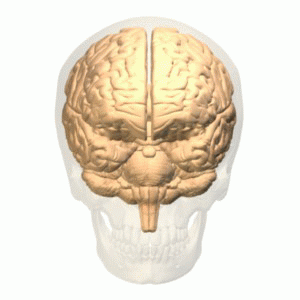
Title of paper under discussion
Cerebral localization of the center for reading and writing music
Authors
Mitsuru Kawamura, Akira Midorikawa and Machiko Kezuka
Journal
NeuroReport, Vol 11, No 14, pp 3299-3303 (Sept 2000)
Link to paper (free access)

Overview
Popular science would have us believe that language is housed in the left hemisphere of the brain, musical ability in the right. But what about reading and writing music – where in the brain is that processed? A 57-year-old professional trombonist from Tokyo suffered a stroke whilst rehearsing Tchaikovsky’s Fifth Symphony, and was suddenly unable to read (process) the printed music in front of him. On discovering that the lesion was isolated to the left angular gyrus, the brain area “that has long been known as the centre for the ability to read and write”, neurologist Kawamura and his colleagues carried out detailed tests to discover his post-stroke ability to read and write music as well as words. Reading and writing music, and reading and writing language, were equally affected, suggesting that the left angular gyrus is central to both functions.
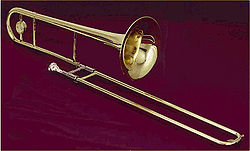
Case report
Our authors present the case of “K.M.”, a 57-yr-old right-handed trombonist who studied at university before joining a world-renowned Tokyo symphony orchestra for over 30 yrs:
”On February 3, 1997, during a rehearsal immediately before a concert, the subject was suddenly unable to read the part scores of Tchaikovsky’s Symphony No. 5. He confused the alto and tenor clefs, and could not understand how the position of one note related to that of others or the meanings of sharp and flat signs. On February 12, 1997, we were given the opportunity to be involved in his medical treatment. The subject was fully conscious. No disorders of the cranial nerves, motor, or sensory systems were observed. No aphasia [speech difficulties], apraxia [skilled movement difficulties], or agnosia [loss of recognition of objects] was observed; however, the loss of the ability to read and write sentences and musical scores was observed. No abnormality in either the expression or perception of music was observed.”
A brain MRI scan taken on 20 February 1997 revealed that the stroke had only affected one part of the brain: the left angular gyrus:
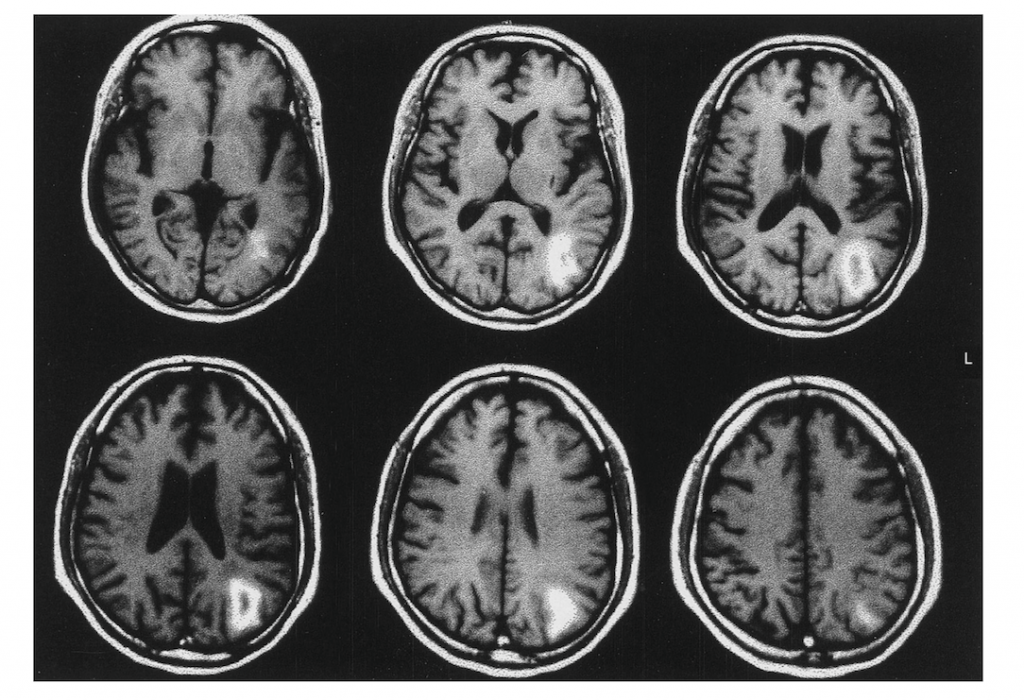
In tests carried out a fortnight after the stroke the authors found that “scarcely any abnormality was observed in the patient’s understanding of characters or words, indicating that his reading and writing disorder could not be clarifed by a standardized language test.” This was because the “standardised test” involved listening (auditory) comprehension only. So the authors devised non-listening reading and writing tests of their own, in language and in music.
Method and Results

Music
K.M.’s ability to read and write music was tested four times: 2, 6, 15 and 52 weeks after the stroke. The reading tests were:
- Single notes – Please name these notes (presented on a stave, and variously in 4 different clefs: treble, alto, tenor or bass)
- Rhythm – Please tap these rhythms (a set of 8 bar melodies)
- Key – Please identify the key signatures of these scales
- Melody – Please name these notes in their solfege notation (the notes being presented within 8 bar melodies)
- Musical symbols – Please identify these symbols
- Part scores – Please identify this music (given the trombone parts of Tchaikovsky 5th symphony, Elgar Pomp and Circumstance no 1, Dvorak 9th symphony, Liszt Symphonic Poem no 3 and Beethoven 5th symphony; all repertoire familiar to him, with titles crossed out)
- Full scores – Please identify this music (given the full scores of Bruckner 4th symphony, Debussy Prélude à l’après-midi d’un faune and Berlioz Marche hongroise; all repertoire familiar to him, with titles crossed out)
The writing tests were:
- Single notes – Please write these notes on the stave provided (note names being spoken by the researcher; the stave had a variety of clefs – treble, alto, tenor or bass)
- Melody – Please write out, from memory, all three trombone parts of the famous 4 bar chorale from the finale of Brahms 1st symphony, in their respective clefs.
- Copy – Please write down this melody (a 4 bar melody played to K.M.)
The results of these musical reading and writing tests, most of which showed improvement over the course of the year, are shown here:
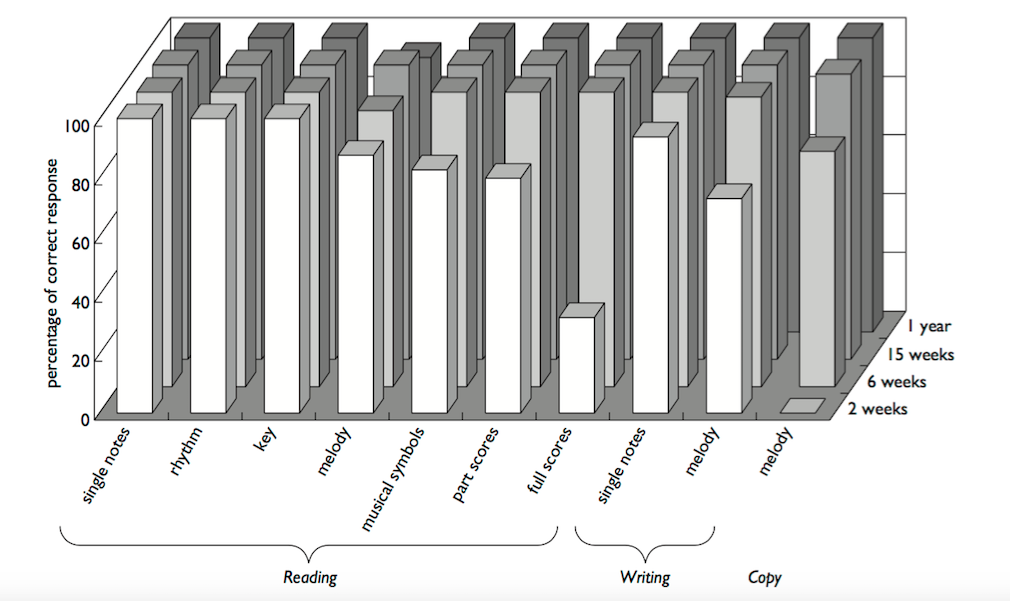
And here is his first attempt, just a fortnight after the stroke, to write out the Brahms chorale; errors are marked with arrows:
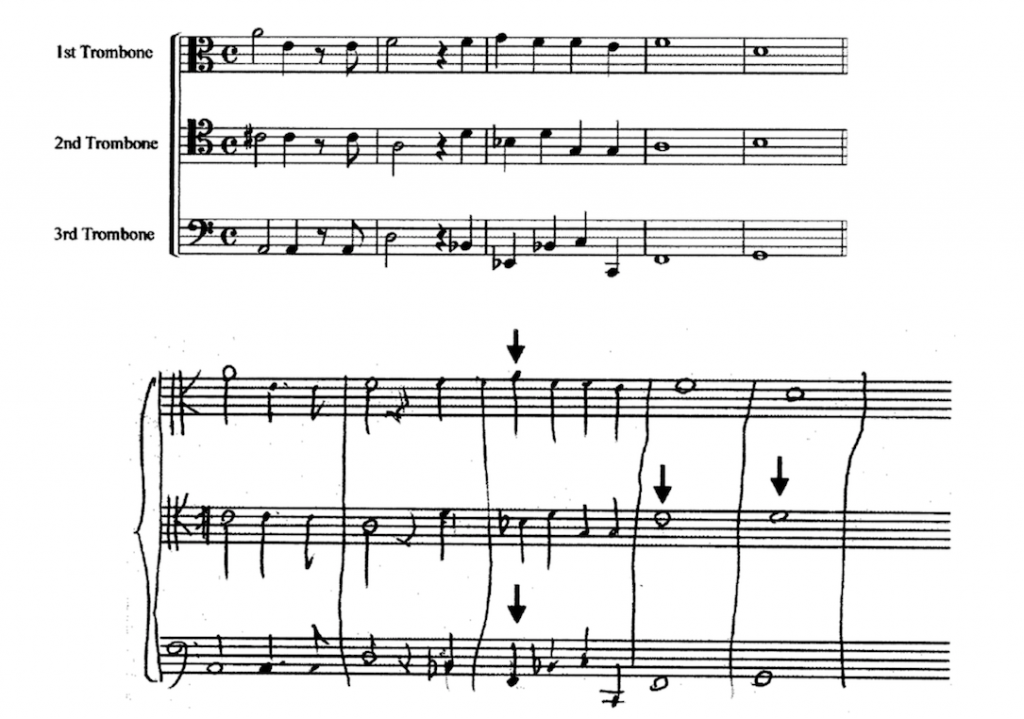
Language
K.M.’s ability to read and write the Japanese language was tested three times: 2, 15 and 52 weeks after the stroke. The reading test was:
- Please silently read this article from a Japanese newspaper, tell us when you’ve finished reading, then answer these questions (questions testing his comprehension of the article)
K.M.’s comprehension of the article was good in every test. But his reading speed was not. In the first test (2 weeks after the stroke) it took him 72 seconds to read it, compared with the 25 seconds it took the examiner. In the 15 week test it took him 75 seconds, compared with the examiner’s 28 seconds. But in the final test, after a year, it took K.M. 68 seconds compared with the examiner’s 58 seconds, leading the scientists to conclude that “his reading ability had recovered to a normal level”.
The writing test was:
- Please listen to this newspaper article and write it down word for word
The accuracy of his script improved test on test.
Discussion
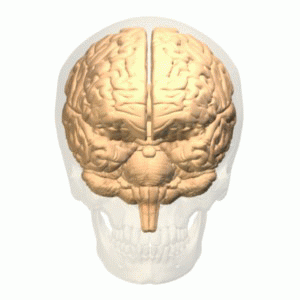
Ever since a famous 1891 autopsy report made the association between a brain lesion and that patient’s symptoms of alexia (loss of ability to read) and agraphia (loss of ability to write), the “left angular gyrus has been considered to be an important center for the ability to read and write.”
The patient in this present study, trombonist K.M., developed a localised lesion in the left angular gyrus and “(i)n addition to alexia with agraphia of language, alexia with agraphia of musical scores was also observed.” This, according to lead author Kawamura, was the first reported case of a lesion localised to the left angular gyrus in a professional musician.
Previous research had “reported that the brain regions activated in professional musicians when music was being processed were similar to those activated during the processing of language, unlike in nonprofessionals.”
Thus, conclude Kawamura and his team, “The angular gyrus in the left side of the brain plays a significant role in the ability of professional musicians to read and write music, just as it does in individual’s ability to read and write language.”
Coda
Symphony no 1, op. 68 by Johannes Brahms
Philharmonia Orchestra, conducted by Otto Klemperer
(Chorale quoted in the paper is at 43:07)